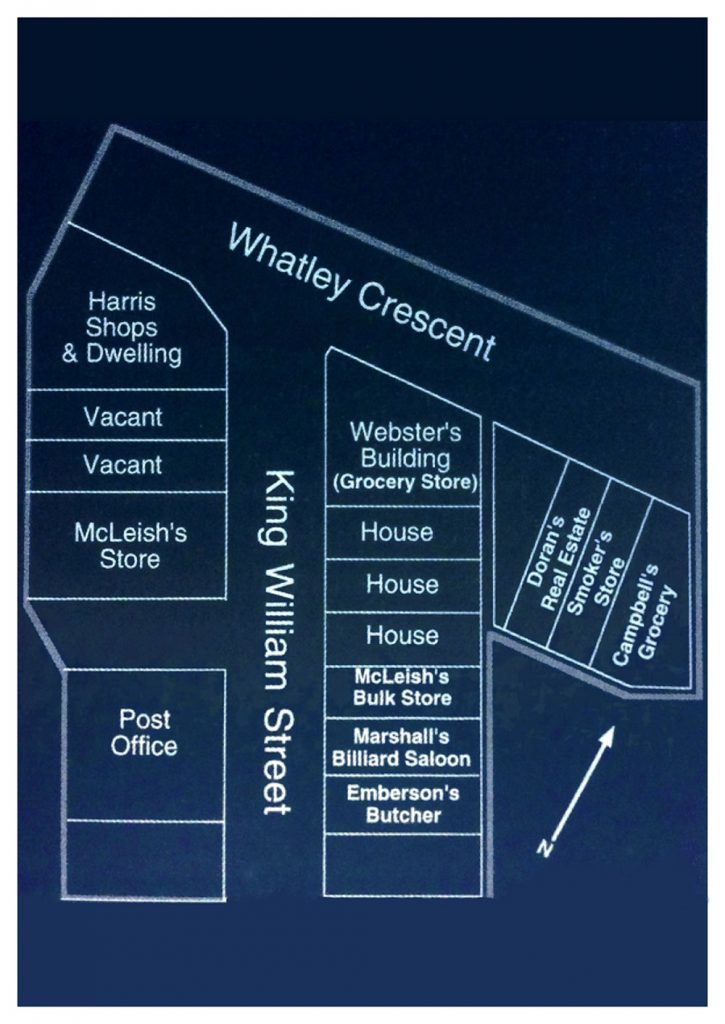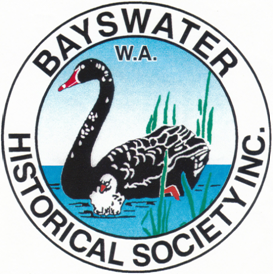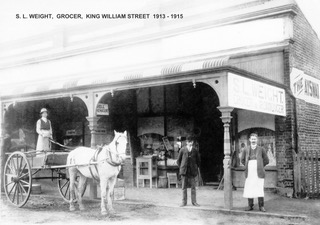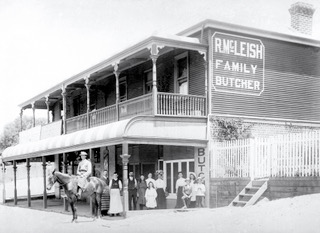Early Land Allotments – The Ribbon Grants

Land in the Swan River colony was divided into allotments called “ribbon grants”. The allotments were long and thin in shape, hence the name ribbon, with one of their ends fronting the Swan River. River frontage meant landholders shared access to the river, the colony’s first means of transport.
Bayswater consisted of two man ribbon grant areas – Swan Locations U and Swan Location V. There is no evidence that the recipients of these two allotments ever lived on their land. Indeed, ‘absentee’ landlords were commonplace throughout the colony.
Allotment U included King William and Coode Streets and allotment V included Milne Street, Roberts Road and The Strand.
Early land subdivision was then, as it has become today as means of profiteering through speculation and early speculators mostly lived outside the district.
It is estimated that by 1905, Bayswater was home to about 400 people of mixed settler and convict population.
Boom Times

1904-1908 was a boom time for Bayswater, with increases in population growth and building construction. The Bayswater community takes shape.
Bayswater’s population growth increased, attributed to the relocation of the WA Governments Railway Workshops to Midland from Fremantle and the influx of eastern states’ people, following the discovert of gold and post the rush for cheap housing.
Many WAGR workers moved to Midland railway line suburbs such as Bayswater.
Eastern states people were called “t’othersiders”. The high number of “t’othersiders” in Bayswater made made for a very egalitarian community. People came from all sorts of background and walks of life and everyone simply had to pitch in, in order to get things done.
[Bayswater] had none of the hidebound structures of old Western Australian towns since most residents were not born and bred in WA, people pitched in as a community to get things done.
(p.61)
Houses built during the 1904 “boom time” were much more substantial, built of brick as well as weatherboard. And while corrugated iron continued to be used as a cladding material, it was used to clad sections of a house, not the entire house!
The first commercial building to be built in what is today regarded as the historic town centre was the Webster’s building – on the corner of King William Street and Whatley Crescent. Built in 1905 by well-respected and highly productive early citizen, Henry Halliday, the building was architecturally designed and used as a grocery store.
Time Line
1830 James Birkett was one of the first landowners in the area. Located in ‘W’, called “Reliance” is a two-storey home on the corner of Stone Street.
1880s The Olive tree located in Slade Street is referred to as a place of shade by settler. It is now the motif for Bayswater.
1897 Bayswater declared a Roads Board District. Mr Henry Thomas Halliday was the First Citizen of the district.
1903 Gold Estates opens Bayswater to land speculation.
1905 Bayswater was home to an estimated 400 houses and about 1,400 residents, according to an estimate by the Public Works Department.
1921 Census figures state 522 males and 157 females were receiving wage or salary and that manufacturing followed by commercial were the main occupations for both sexes, together with railways of third importance.
1926 Aboriginal people continued to live, camp and work within the Bayswater area.
1933 The population of Bayswater Shire was 4,138. Electric lights, running water, motor garages widely installed.
1947 Census recorded a population of 6,453 in the Bayswater district, with an increase in state housing.
1952 Rise in multiculturalism. Release of displaced people affected by the war. May describes as “suburban pioneering” building homes themselves and creating communities, including services.
1954 Census had risen to 14,555. Boom times with local industries being established.
1950s – 1960s Growth in sporting clubs, community centres and youth groups.
1970 “Declared times if the State of Excitement”. Bayswater’s population was 35,000. Ratepayers 15,800; Dwellings 9,600 (Bayswater 75 Years, 1972).
Reference:
May, Catherine, Changes They’ve Seen, City of Bayswater 2013
Bayswater 75 Years, 1972





